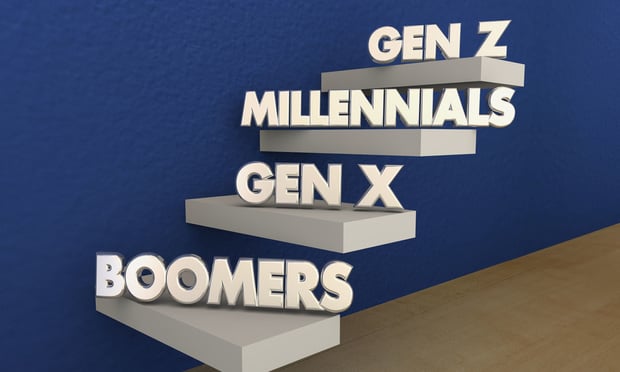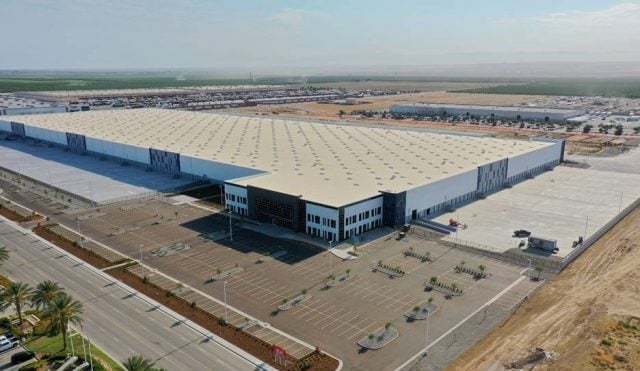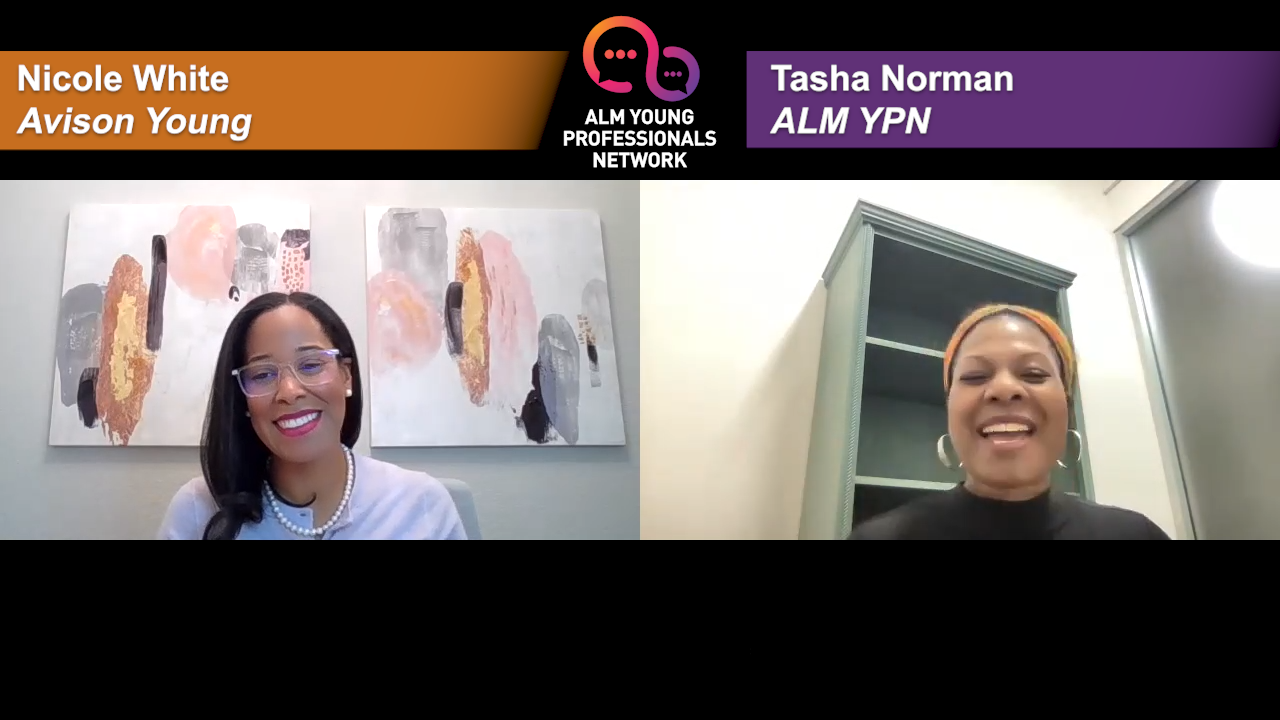LOS ANGELES—In this third in our in-depth series on the major Los Angeles food groups, we see in the industrial market a continuation of the clear-path growth we tracked in office and multifamily. It seems that the only major threats to the upward trajectory of this segment is, once again, external forces. So says Howard Schwimmer, who—along with Michael S. Frankel—is co-CEO and director of Rexford Industrial, one of the dominant industrial buyers and owners in Southern California.
“It's a great story,” he tells GlobeSt.com. “We're hitting every metric in terms of growing occupancy and rent growth. The interesting part is that when you ask most people who invest in L.A. industrial how it's going, they say the market is performing terrifically but it's difficult to buy anything.”
He explains that investors are paying “top dollar” for a foothold in the market, but yields are still a bit low on a lot of product. Nevertheless, there is a great “opportunity to fill out the valuations on some of those properties.” The same he says is true in rent-growth potential, which traditionally has been around “7% or 8%. In the past of few years, the market has met and exceeded those growth rates.
“Rexford bought a building in Santa Fe Springs,” he continues. “It was a 101,000-square-foot class-A building with a single tenant. We bought it at $120 a foot and a 5.2% cap rate. I got emails saying that we stole that building, and I was worried that we had overpaid. It's amazing what people's perception is of value these days.”
Indeed. He also cites the one he let get away: “There was a 170,000-foot, 1970s multi-tenant asset that sold for a 4.5% cap rate. I have a hard time fathoming the value there. There's a lot of capital that's willing to pay if they can get their hands on product.” He says that scenario more or less proves his theory that while the market is doing really well, values have really gotten “a bit overheated for actively marketed properties.”
There's been much in the press of late about reshoring of manufacturing, but in practical terms, Schwimmer doesn't see the needle moving much because of it. But much like the shift that's taking place on the office side of the L.A. market, where a growing tech base is taking over traditional areas of occupancy, Schwimmer is seeing a shift in the industrial base, from manufacturing “to more of a distribution base, owing in large part to the product being made overseas.” One of the most active drivers of occupancy of late has been the solar industry, the co-CEO reports, and Rexford alone has signed six leases in recent months for spaces up to 25,000 feet.
The other place technology is impacting the market is in robotics and other tech improvements, “which leads to the changing of manufacturing jobs and order picking jobs in the face greater productivity.”
And where are the hottest markets for industrial? “The San Fernando Valley is a hidden gem because not all institutions want to invest there,” he says. “The Mid-Counties has always been a great market. Interestingly the vacancy in the fourth quarter was 1.7%, which is half of what it was just the quarter before.” He also give honorable mention to the South Bay.
With the labor disputes at the ports largely behind us, the expectation is for business as usual once the backlog of ships in the harbor is gone, “somewhere in Q3,” Schwimmer projects. Beyond that and the above-mentioned overheating, the Rexford executive, like most of the experts we've interviewed for this series, sees little endemic to the L.A. market that's cause for worry.
The cautionary notes are coming really from “external factors not related to the local industrial market, such as the economy,” he says. “It's doing quite well, but it's still fragile and something could derail that, such as terrorism. The first time a shopping mall has a problem, what will that do over all the country? All of that can be disruptive to banking and interest rates.
“From our perspective, the economy and real estate are cyclical,” he says. “Every time we get to a point where cap rates are ridiculously low and there's lots of capital, we hear that this is the new normal. Until it's not any more. Then we realize we called that one wrong again and we start all over.”
© 2025 ALM Global, LLC, All Rights Reserved. Request academic re-use from www.copyright.com. All other uses, submit a request to [email protected]. For more information visit Asset & Logo Licensing.








